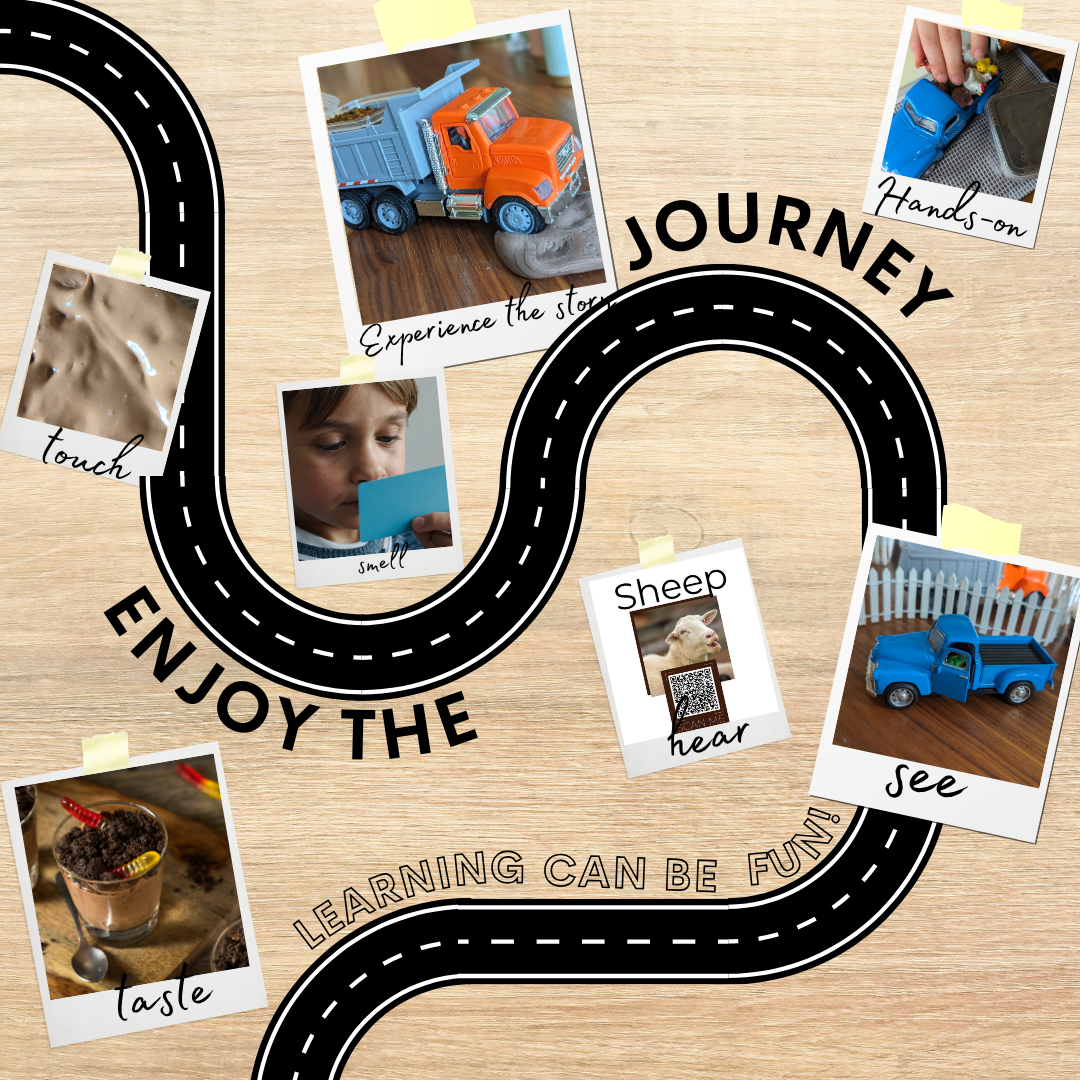In the realm of education, especially within special education, embracing the full spectrum of sensory experiences—touch, sound, scent, and more—can profoundly impact learning and development. This multi-sensory approach is far from a new-age educational trend; it's deeply rooted in neuroscience and cognitive psychology, offering substantial benefits for all learners, including those with special needs. Let's delve into the science behind sensory play and discover why it's a crucial component of effective learning strategies.
The Foundations of Multi-Sensory Learning
At its core, multi-sensory learning involves engaging more than one sense at a time to teach concepts and skills. This method has garnered attention and validation from various studies in neuroscience and educational research. For instance, a study published in ScienceDirect highlights how multi-sensory information processing is integral to learning, especially in the context of reading (ScienceDirect, 2010). The brain's ability to link information from different sensory inputs enhances comprehension, retention, and application of knowledge.
The Neurological Impact
Neuroscience provides insight into why multi-sensory learning is so effective. When information is presented through multiple senses, it activates different areas of the brain simultaneously. This comprehensive activation fosters stronger neural connections, enhancing memory and understanding. According to research reviewed in Wiley Online Library, incorporating structured methodologies that include multi-sensory elements can improve mathematical learning and understanding significantly (Wiley Online Library, 2024).
Polyvagal Theory and Learning
The polyvagal theory, developed by Stephen Porges, offers further understanding of how sensory experiences influence physiological states and, consequently, learning capabilities. Engaging in multi-sensory practices can positively change physiology, behavior, and performance, as discussed in a chapter from Taylor & Francis Online (Taylor & Francis Online, 2024). By creating a safe and stimulating learning environment through sensory play, we can enhance students' readiness to learn and engage.
Personalizing Learning Experiences
Every learner is unique, with distinct preferences and responses to sensory inputs. Customizing learning experiences to match these preferences can lead to more effective education. A study on the application of a computational model of multi-sensory perception, featured in IEEE Xplore, underscores the importance of tailoring educational approaches to individual sensory profiles to optimize learning outcomes (IEEE Xplore, 2024).
Sensory Play in Action
Implementing sensory play into educational settings can take various forms, from tactile activities like handling manipulatives for math lessons to auditory exercises using sound effects to enhance storytelling. Incorporating scents related to learning topics can also evoke strong memories and associations, further enriching the learning experience. These practices not only support cognitive development but also encourage creativity, problem-solving skills, and emotional regulation.
The Road Ahead
The evidence supporting multi-sensory learning is compelling, urging educators and parents alike to integrate sensory play into teaching strategies. As we continue to uncover the intricate ways in which the brain processes sensory information, the potential for innovative educational practices grows. By prioritizing sensory-rich learning environments, we can unlock new pathways to understanding, catering to the diverse needs of all students and setting the stage for lifelong curiosity and growth.
In conclusion, the science of sensory play is a testament to the profound impact that touch, sound, and scent can have on learning. It's a reminder that education is not just about absorbing information; it's about experiencing the world in all its complexity. As we embrace multi-sensory learning, we pave the way for more inclusive, effective, and joyful education for every learner.


